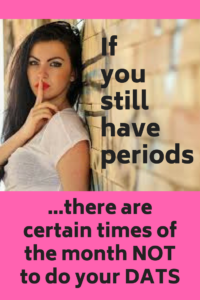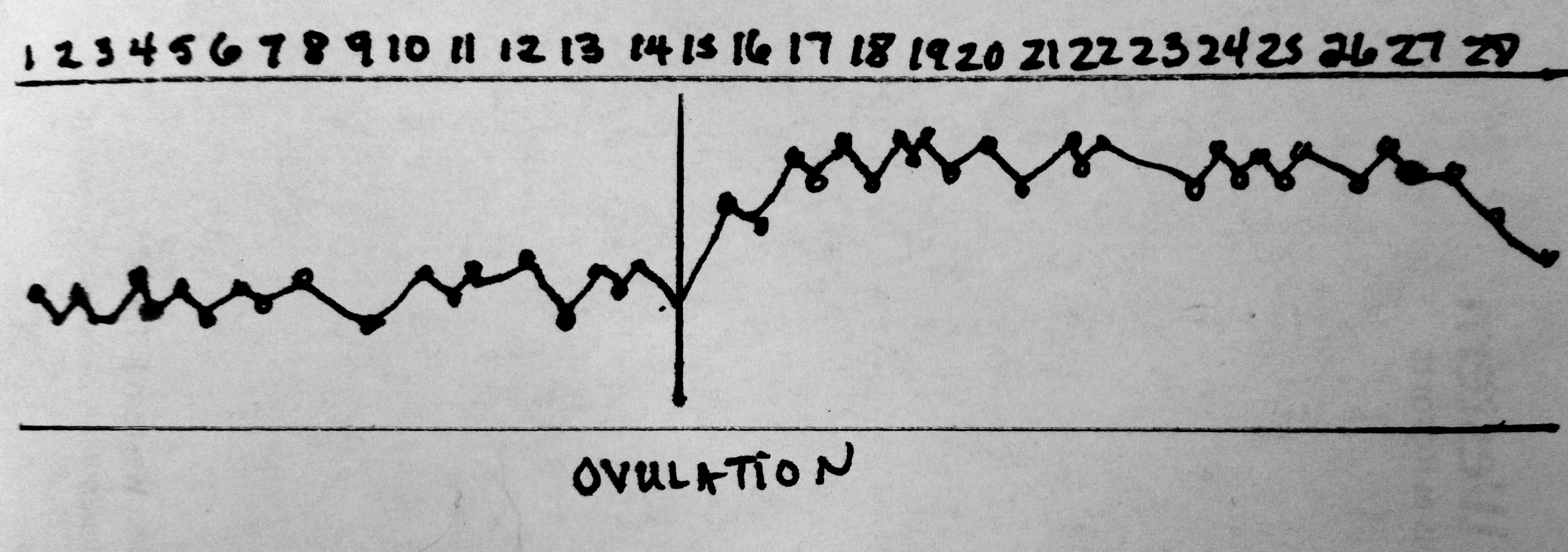Daily Average Temps taking (DATS) for Women
 DID YOU KNOW THAT IF CORTISOL IS PROVEN LOW (as revealed by saliva testing, NOT blood, then comparing one’s results to the Lab Values page on STTM), we have to find our right “physiologic amount” of cortisol via supplementation i.e. the amount our bodies need daily? This and what’s in the updated revision STTM book should be ready by YOU & taught to your doctor! ~Janie, hypothyroid patient and site creator
DID YOU KNOW THAT IF CORTISOL IS PROVEN LOW (as revealed by saliva testing, NOT blood, then comparing one’s results to the Lab Values page on STTM), we have to find our right “physiologic amount” of cortisol via supplementation i.e. the amount our bodies need daily? This and what’s in the updated revision STTM book should be ready by YOU & taught to your doctor! ~Janie, hypothyroid patient and site creator
i.e. we as patients have learned that it’s not about just “being on cortisol” like prescription hydrocortisone (HC) for extremely low amounts, or OTC Adrenal Cortex (ACE) for mildly low. It’s about finding our “right amount” of the cortisol, which is crucial.
How do we find our right amount of cortisol when supplementing?
Patients find their right amount of cortisol supplementation, after a particular starting dose, by doing what are called DATS, i.e. Daily Average Temp taking for five days in a row. BUT YOU NEED TO READ INFORMATION FIRST!!! This is NOT about guessing. And you can teach your doctor.
In the updated STTM book, especially chapters 5 and 6, you will read about the following, which is important…
1) Using saliva cortisol to test, NOT blood
2) How much cortisol we have learned to start on
3) How we have learned to dose it all
4) How we use DATS to find the right amount
5) How low aldosterone can mess up DATS
GET THAT BOOK. It’s a book every hypothyroid or Hashimoto’s patient should have on hand to be better informed in working with a doctor. Chapter 6 goes into great details about HC use, but also applies to ACE use.
But for female thyroid patients doing their DATS, there is a challenge.
Since precision is needed in collecting those three daily temps to find each daily average, the challenge is for menstruating women–this info does NOT apply to those in full menopause.
Below is a chart of an average woman’s temps in a 28 day cycle. You’ll see there is fluctuation no matter what, which doing those individual temps three times in a day, then averaging, helps to rectify. But there is a clear and more drastic temperature change during those few days of ovulation i.e. it makes a move up.
So it says that women would want to avoid doing their five days of DATS around ovulation. And for “average” women, this chart above implies DATS can be done before ovulation, or after ovulation, but never during ovulation. But some specifically shoot to do their daily average temps after bleeding and before ovulation.
How to figure out when you are in ovulation
- Ovulation kits are great–just do an internet search and you’ll see them mentioned or where to buy
- For some women, a clue is when vaginal secretions increase
- For some women, there is pain around the uterus area that signals ovulation
- For some women, they might notice an increase in sexual desires around ovulation
- Tracking your wakeup temperature day after day during a near full cycle could give a clue
Individuality
Some women report their temperatures go up drastically when they are bleeding, only to fall afterwards. So menstruation would be the wrong time to even begin doing DATS. If you are one of those women, waiting a day or two after stopping the bleed might be better, we have come to believe.
**Reading this and not sure you have a cortisol problem? Find out by doing the Discovery Steps in Chapter 5 of the revised STTM book.
Important notes: All the information on this website is copyrighted. STTM is an information-only site based on what many patients worldwide have reported in their treatment and wisdom over the years. This is not to be taken as personal medical advice, nor to replace a relationship with your doctor. By reading this information-only website, you take full responsibility for what you choose to do with this website's information or outcomes. See the Disclaimer and Terms of Use.
